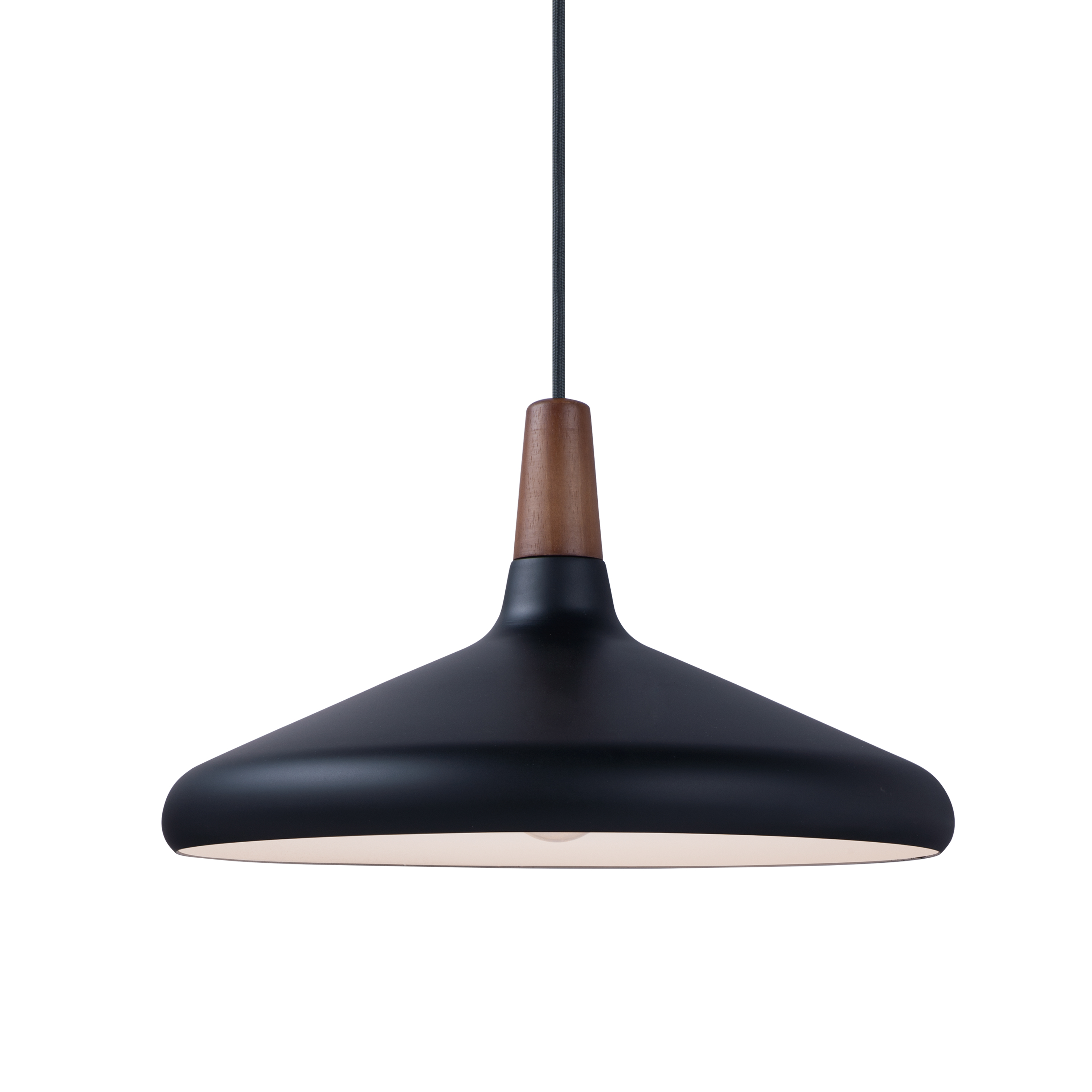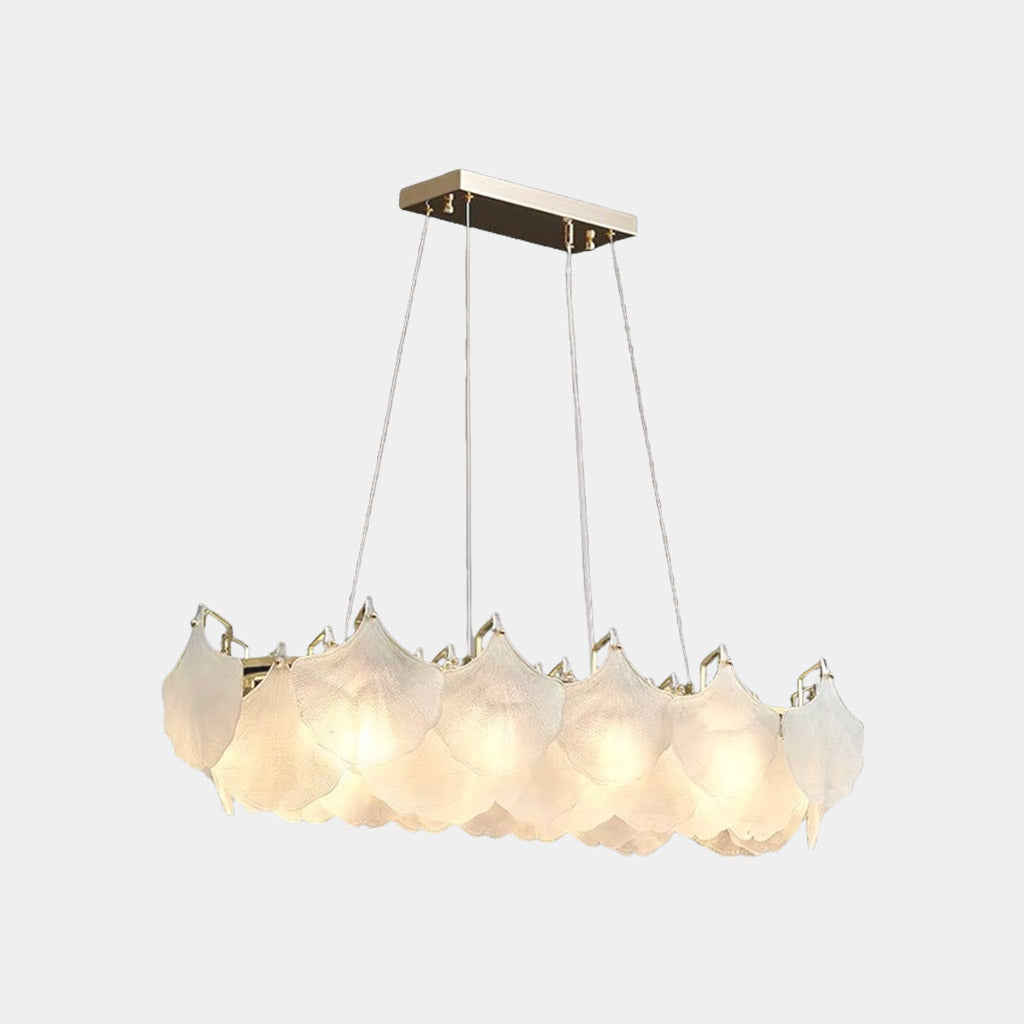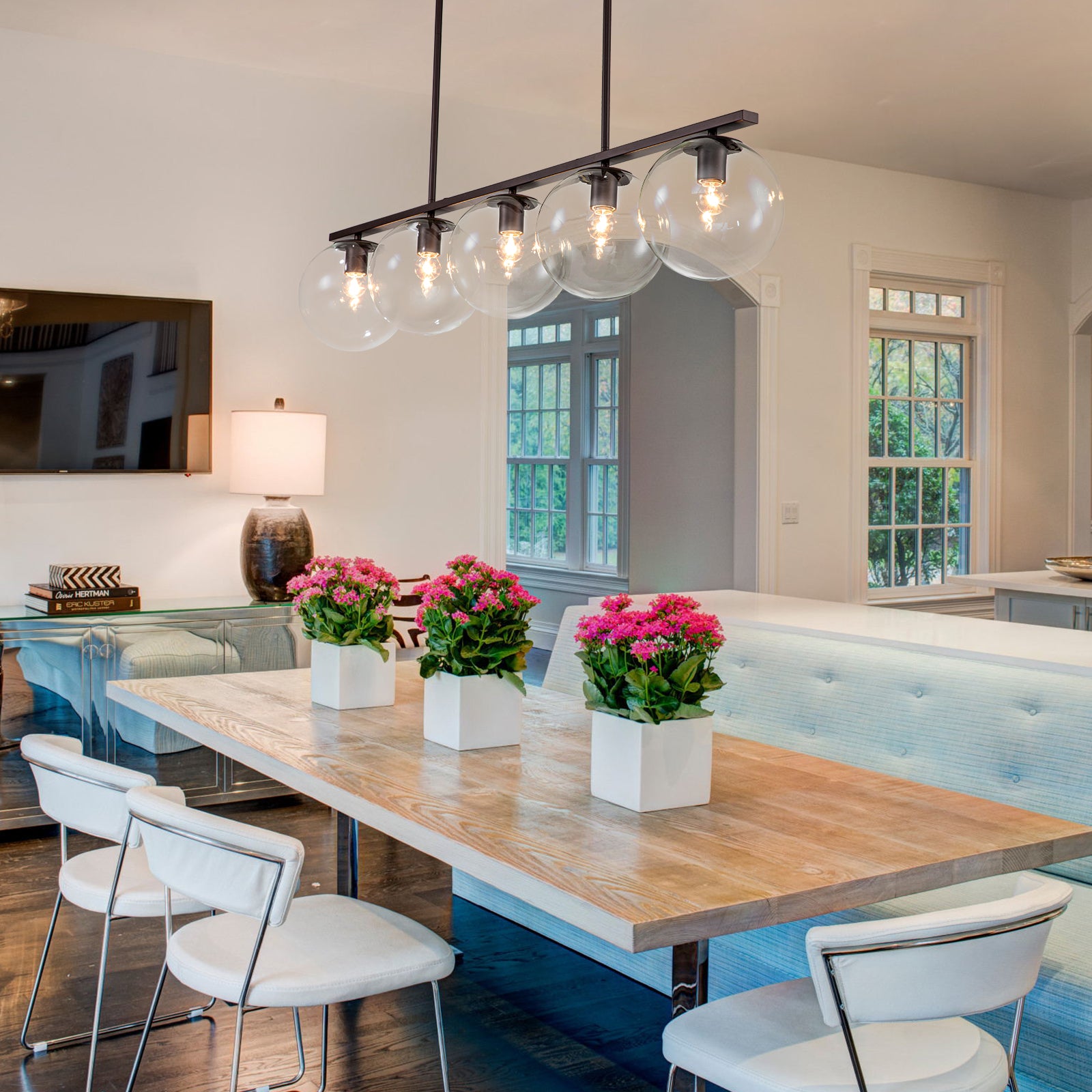How a Pendant Light Sets the Mood in Your Entryway
A Comprehensive Guide to Installing and Keeping Your Pendant Light
Keeping a necklace and installing light needs cautious planning and implementation. Proper height measurements can boost both functionality and design. Important devices and a clear installation process are critical for a successful arrangement. Regular maintenance warranties longevity and performance. Comprehending these aspects can change an area. However, understanding where to begin might seem daunting. What actions should one prioritize to achieve the most effective results?
Comprehending Necklace Light Styles
While several homeowners seek to boost their rooms with pendant lighting, comprehending the different designs readily available is essential for making an educated selection. Necklace lights can be found in a plethora of layouts, each offering one-of-a-kind visual and useful benefits. Conventional pendant lights typically include traditional forms and products, such as glass or steel, giving an ageless charm. Contemporary layouts, on the various other hand, may include vibrant shades and innovative materials to develop striking centerpieces.
Industrial-style necklaces commonly make use of basic materials like exposed bulbs and rustic finishes, ideal for lofts and modern-day setups. For an extra whimsical touch, vintage-inspired alternatives stimulate nostalgia with elaborate information and retro surfaces. Additionally, minimal layouts concentrate on simplicity and clean lines, appealing to those that like downplayed elegance. Understanding these varied designs permits homeowners to select necklace illumination that not only enhances their decoration yet additionally serves their practical lights needs effectively.
Gauging the Ideal Height for Your Necklace Light
Exactly how does one determine the excellent height for a necklace light? To accomplish the best capability and aesthetic appeal, numerous aspects have to be considered. Normally, a necklace light ought to hang 30 to 36 inches over a table to guarantee adequate illumination without obstructing sights. Precede with high ceilings, the component may be positioned a little higher to preserve symmetry.
For kitchen area islands, an elevation of 28 to 34 inches above the counter top is normally advised, permitting ample light coverage while preserving a welcoming atmosphere. In living locations, the necklace must be hung at a height that enhances the bordering decoration and does not develop a threat for individuals walking beneath it.
Inevitably, individual choice and space measurements play substantial roles in establishing the ideal height. Checking various heights before final setup may assist attain the wanted result and functionality.
Tools and Materials Needed for Setup
Effective installment of pendant lights needs a certain set of devices and products to assure a smooth procedure. Necessary devices consist of a screwdriver, cable pole dancer, and a drill, which facilitate safe and secure fixture accessory and correct wiring. A voltage tester is crucial for validating safety by making sure that power is off prior to beginning any kind of electric job.
Along with devices, specific materials are essential for installment. These include the pendant lighting fixture itself, electric circuitry, cable nuts for protected links, and installing hardware. A ceiling hook may likewise be required, depending on the fixture's design.
For included safety and security and benefit, a ladder will aid in getting to high ceilings, while a level assures that the light hangs equally. Preparing these products and devices beforehand streamlines the setup procedure, making it extra reliable and efficient. Correct preparation is vital to accomplishing a successful necklace light setup.
Step-by-Step Installment Process
With the essential devices and materials gathered, the setup procedure for pendant lights can start. First, the power supply must be switched off at the circuit breaker to assure safety. Next, the placing brace requires to be connected to the electrical box in the ceiling. After securing it, the electrical contractor's tape must be used to cover any revealed cables.
Adhering to that, the pendant light's cables are attached to the corresponding cables in the ceiling: black to black (or red), white to white, and eco-friendly or copper for ground. As soon as the links are made, they ought to be secured with wire nuts.
The pendant light can then be connected to the placing brace, making sure it hangs at the preferred elevation. The light bulb is placed, and the power is turned back on at the circuit breaker, enabling the brand-new pendant light to brighten the room.
Keeping and Cleansing Your Necklace Light
What steps should be required to assure the long life and aesthetic appeal of necklace lights? Normal upkeep and cleansing are essential in protecting their elegance and functionality. Dirt and dust can build up on pendant lights, reducing their luster. To cleanse, a soft, lint-free towel or microfiber towel should be used, along with a gentle cleaner suitable for the surface material - Pendant Light. For glass or crystal pendants, a glass cleaner can enhance clearness without touches
It is a good idea to transform off the light and permit it to cool down prior to cleansing. In addition, inspecting the fixture for loose bulbs or connections periodically guarantees safety and peak performance. Transforming light bulbs routinely prevents strain on electric parts if relevant. Ultimately, preserving a risk-free atmosphere by preventing direct exposure to wetness can greatly extend the life of necklace lights. Following these steps will certainly keep necklace lights looking their finest while working efficiently.
Troubleshooting Usual Pendant Light Issues
When pendant lights breakdown, several typical concerns may emerge, consisting of flickering light bulbs, inaccurate installation, and voltage fluctuations. Determining the source is important for efficient repairing and ensuring peak performance. Addressing these issues without delay can improve the longevity and capability of pendant lights components.
Flickering Light Bulbs
Flickering light bulbs can be a resource of irritation for homeowners, usually indicating underlying electric issues or straightforward upkeep requirements. This sensation might come from loosened bulb connections, where the bulb is not safely matched the socket, triggering recurring contact (Pendant Light). In addition, faulty or aging light bulbs may flicker as they near the end of their lifespan. Another typical reason is inconsistent voltage, which can occur from concerns within the electric system or overloading circuits. Property owners should likewise examine for harmed circuitry, as this can lead to flickering and position safety and security threats. Timely replacements and regular inspections are important to guarantee proper performance and to preserve a risk-free home atmosphere. Recognizing the origin immediately can prevent further problems

Incorrect Installation Issues
Improper installment of pendant lights can cause a series of concerns that may look like those brought on by flickering bulbs. Usual issues consist of loose electrical wiring links, which can interrupt the flow of electricity and lead to periodic lighting. Additionally, if the installing brace is not firmly attached, the necklace may hang unevenly, creating an unpredictable fixture that can trigger resonances or noise. Incorrect light bulb kinds or wattage can additionally add to efficiency problems, as incompatible light bulbs might not work efficiently in the component. Insufficient spacing from the ceiling can produce darkness or minimize light distribution, diminishing the designated effect of the necklace light. Determining and resolving these setup mistakes is necessary for achieving correct performance and visual charm.
Voltage Variation Issues
Although pendant lights can visit the site improve a space's atmosphere, voltage variations can cause significant performance issues. These fluctuations might create flickering lights, decreased brightness, or also premature light bulb failing. To detect such troubles, one should page initially check the light fixture's compatibility with the voltage supply. Utilizing a multimeter can aid determine voltage levels and determine abnormalities. If voltage problems linger, it may be required to check the electric system for loose connections or malfunctioning circuitry. Sometimes, seeking advice from a licensed electrical expert is advisable to ensure security and compliance with regional codes. Effectively attending to voltage changes not just improves the performance of pendant lights but also extends their life expectancy and improves general illumination quality.
Enhancing Your Area With Pendant Light Placement
Reliable pendant light positioning can considerably boost a space by sticking to ideal height guidelines, ensuring the best illumination degree. Layering these lights with various other resources can produce a well balanced environment, highlighting centerpieces within the room. Accomplishing an unified look requires careful consideration of both the component's positioning and its connection with bordering components.
Ideal Height Guidelines
When pondering the excellent height for pendant lights, a basic standard suggests hanging them approximately 30 to 36 inches above a kitchen counter or table surface area. This height enables optimum illumination while ensuring that the light does not obstruct sights or develop dangers. In dining areas, necklace lights ought to be positioned to enhance the dining experience, commonly around 28 to 34 inches above the table. For kitchen islands, maintaining uniformity across numerous pendants can create a cohesive look; spacing them equally and sticking to the suggested height enhances capability. It is necessary to consider ceiling elevation as well, as greater ceilings might require adjustments to keep proportionality and aesthetic charm. Proper elevation positioning significantly adds to the general atmosphere of a space.
Layering With Various Other Lights
As pendant lights are integrated right into a more comprehensive lighting style, they can substantially enhance the atmosphere of an area. Their adaptability allows them to be layered with ambient, job, and accent lighting, creating a harmonious equilibrium. Incorporating pendant lights with recessed lights can provide basic lighting while highlighting specific areas. Task lights, such as under-cabinet lights, can enhance pendants in cooking areas, ensuring performance without compromising design. Accent lights, like wall surface sconces, can further enhance the setting, drawing interest to art work or building attributes. By strategically placing these lights, homeowners can accomplish depth and dimension, changing a common space right into a perfectly brightened setting that accommodates numerous tasks and state of minds.
Centerpieces and Equilibrium

Strategically placed necklace lights can function as enchanting prime focus within a room, attracting the eye and boosting the total visual. When picking pendant lights, it is essential to think about their color, shape, and size to guarantee they enhance the existing decoration. As an example, a bold, large pendant read this article can develop a striking focal point over an eating table, while smaller fixtures might work much better in collections to achieve a balanced appearance. Additionally, positioning necklace lights at varying elevations can include depth and aesthetic interest to the area. Maintaining equilibrium with other aspects, such as furnishings and wall surface shades, will make sure that the pendant lights enhance the area without frustrating it. Thoughtful placement transforms the setting, creating a harmonious and welcoming atmosphere.
Frequently Asked Concerns
Can I Install a Necklace Light in a Recessed Ceiling?
The question of whether a pendant light can be mounted in a recessed ceiling frequently develops. Generally, it is possible with proper placing equipment, making certain proper assistance and electric links for safe and effective installment.
What Kind of Light Bulb Is Best for Pendant Lights?
When choosing light bulbs for necklace lights, LED alternatives are often chosen because of their energy efficiency and durability. In addition, the shade temperature level should match the desired ambiance, with warm white being a prominent selection for cozy setups.
Are Necklace Lights Safe for Outdoor Use?

How Do I Pick the Right Pendant Light Wattage?
Choosing the best pendant light wattage involves evaluating the room's size, preferred brightness, and fixture compatibility. Normally, lower electrical powers fit ambient lighting, while higher wattages give task lighting, making certain performance and aesthetic allure.
Can I Utilize a Dimmer Switch With My Necklace Light?
The question emerged whether a dimmer switch can be used with a necklace light. Usually, if the light and bulb work, a dimmer switch can efficiently enhance setting and control brightness degrees.
When pendant lights malfunction, numerous common concerns may develop, including flickering light bulbs, wrong installment, and voltage fluctuations. Inappropriate setup of necklace lights can lead to a range of problems that may look like those caused by flickering bulbs. Inadequate spacing from the ceiling can develop darkness or lower light circulation, reducing the intended impact of the necklace light. Reliable necklace light placement can significantly enhance an area by sticking to suitable height standards, ensuring the best lighting degree. When selecting bulbs for pendant lights, LED alternatives are often chosen due to their power performance and longevity.